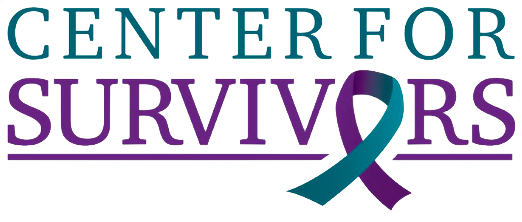What is
Dating Violence?
Dating violence is a pattern of behaviors used to control, scare, threaten, or intimidate in a dating relationship. Types of abuse can include physical, emotional/verbal, and sexual abuse. Not all abusers use the same tactics, and tactics can change and get worse over time. While physical violence is frightening and can be lethal, emotional/verbal abuse is the most common type, and often the most harmful.
Being abusive is a CHOICE by an individual. The abuser makes a conscious choice to abuse his/her dating partner. Nothing “makes” a person become abusive. It is not caused by alcohol, drugs, jealousy, stress, or mental illness. When a person abuses, IT IS A CHOICE.
What Does
Dating Violence Look Like?
1 in 3 adolescents in the U.S. is a victim of physical, sexual, emotional or verbal abuse from a dating partner, a figure that far exceeds rates of other types of youth violence.
Common Red Flags of Domestic Violence Abusers
- Wants the relationships to move quickly
- Doesn’t honor partner’s boundaries
- Excessively jealous
- Accuses partner of cheating
- Says one thing and does another
- Seems “too good to be true”
- Has an entitlement belief/attitude
Physical Violence/ Abuse
- Hitting, kicking, slapping, shoving, pinching
- Strangulation, smothering, burning
- Destroying property, throwing and/or breaking things
- Hurting/killing pets
- Denying medical care/medicine
- Leaving a victim in an unsafe place
- Not letting the victim leave
Emotional/Verbal Abuse
- Shifting blame onto the victim for the abuse
- Name-calling, putdowns, degradation
- Manipulation, threats, intimidation, coercion
- Excessive jealousy
- Isolation, minimization
- Gaslighting
- Blackmailing
- Using technology to stalk/control/manipulate
Sexual Violence/ Abuse
- Forcing the victim to do any sexual act that they do not want to do
- Rape, attempting to rape
- Making the victim afraid to refuse sex
- Forcing the victim to have sex with other people
- Denying or sabotaging contraception
- Threatening to share intimate photos/information
What can you do?
We are
available by phone
24 hours a day,
365 days a year.
If you are a victim of abuse and need help, contact Center for Survivors directly by phone or in person. Individuals are also referred to us for services by law enforcement, Health and Human Services, and other community service organizations. Center for Survivors advocates are available to help you with free and confidential services!

